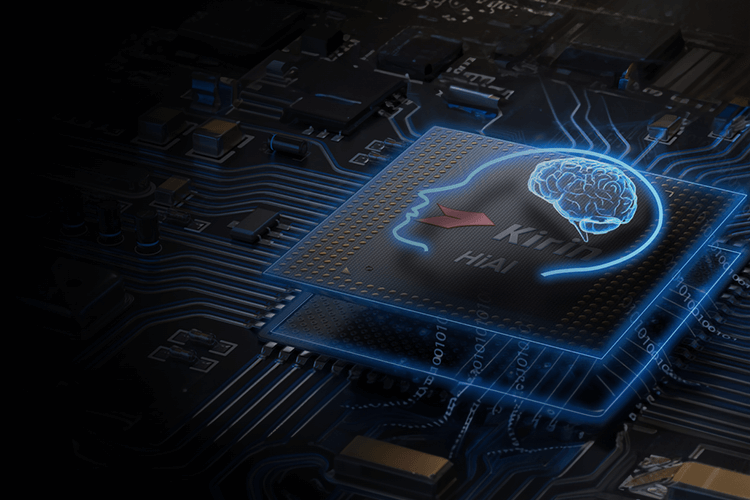
A Chinese state report assessing CPU reliability and security has revealed the HiSilicon Kirin X90, a never-before-seen SoC (via Jukanlosreve on X). For context, HiSilicon serves as Huawei's wholly-owned chip subsidiary. The juxtaposition of this SoC with other server processors positions it as the successor of the aging Kunpeng 920 design that launched back in 2019. To clarify, the report does not disclose important details such as the process technology, specifications, or intended use case. However, Huawei has long used the same underlying architectures for both servers and PCs, and the company reportedly has a new line of laptops coming in April that will leverage its own homegrown HarmonyOS.
Kirin SoCs are primarily used in Huawei's mobile devices and have become increasingly vital to China's goal towards semiconductor autarky after the imposition of sanctions. The Kirin 9000S, Kirin 9000S1, and Kirin 9010 are the company's first homegrown offerings built using SMIC's 7nm technology with custom Arm-based Taishan cores. The latest Kirin 9020 that powers Huawei's Mate 70 series is based on Taishan V120, which can match AMD's Zen 3 cores in Geekbench single-core performance.
Conversely, Huawei's server and PC divisions have been relatively quiet, as evidenced by the lack of new Kunpeng SoC designs since 2019. The new Kirin X90, despite its name, could be a possible successor, considering that Huawei is reportedly launching a new "AI PC" with HarmonyOS next month. It's likely to be fabricated using SMIC's 7nm process featuring Taishan V120 cores based on either the Armv8 or Armv9 architectures, which are not subject to the US trade ban.
Hmm? Huawei’s ARM PC chip is called the Kirin X90. It seems different from what you mentioned. @tphuang pic.twitter.com/pDAupx38GqMarch 15, 2025
In contrast to Loongson's MIPS or LoongArch-based chips, Kunpeng cores employ a custom Arm architecture, which should offer relatively broader compatibility. Despite such advantages, inadequate operating system and software support have consistently been the Achilles' heel of these processors. On the mobile side, Huawei's homegrown HarmonyOS platform works relatively well with its Kirin SoCs. With upcoming laptops expected to be based on HarmonyOS, much of these software-related headwinds should be cleared up for the Kirin X90.
Notebooks carry a different software ecosystem than mobile phones, including specialized applications that developers must port. Furthermore, even general mobile applications on HarmonyOS will need a UI (User Interface) rework for optimal laptop integration.
Similar to previous iterations, it's likely that Huawei will carry over the same design to its desktop and server counterparts. On the consumer side, if our speculation holds, Huawei's integration of custom hardware and software is comparable to Apple silicon Macbooks. The performance and reliability, however, remain uncertain. We can expect Huawei to provide details shortly, provided the April launch rumors are valid.







